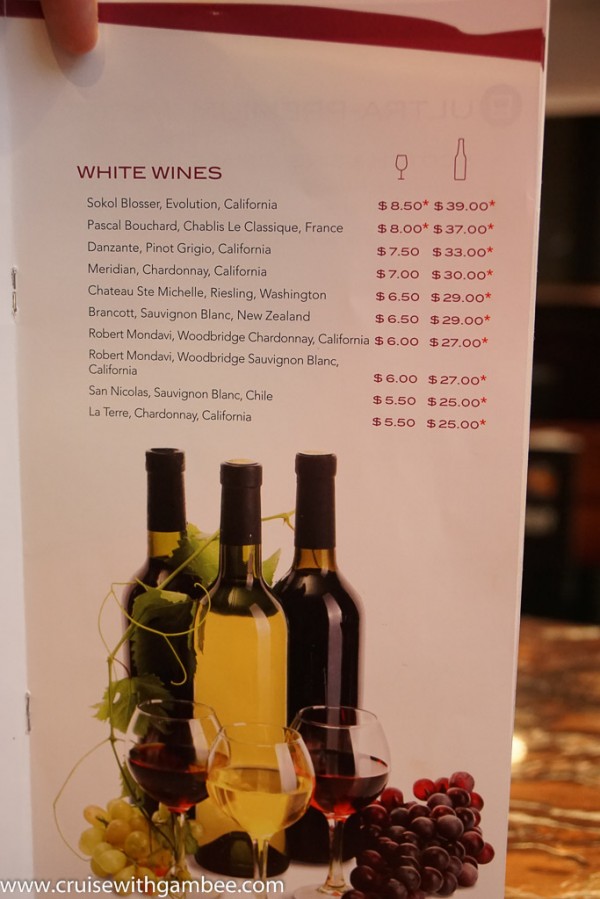
For one thing, you can change the language of the browser UI into your language - English, Tamil, Afrikaans, Hebrew, etc. One thing we liked was the customisation possible in the browser.

This is ideal for when you're at home or in office and are connected to a Wi-Fi network, and want to load pages with all the visual elements in place.

When you are in a fast data connection, this works well. The third mode is the "off" mode where you can disable all data savings. Videos also played faster than the other browsers, but Facebook took a little longer to load on Opera, when compared to Chrome. We logged on to a couple of websites that usually bombards us with ads, and we saw the difference. Once, you turn the video boost on, it will compress the resolution of the video, so that you will have less buffering on slow connections. Turbo mode also gives you speed and data savings by letting you block ads, or play videos faster using the video boost feature. You can always switch the mode off if you want to continue browsing without data saving functions. The video boost and the images feature on Android work the same way as on iOS. Some heavy pages don't work seamlessly on this mode. This mode, like the Turbo mode, boosts data savings and speed on poor networks. On Android, you can switch on the Extreme mode. This is great when you are on a slow connection. Simply go to the browser's advanced settings and select the image resolution - low, medium or high, or you can even choose not to load images. If high resolution pictures are eating up your data, you can decide whether you want to see them in a lesser resolution.

Opera Mini maximises the speed and data savings when you are on a slow connection, giving you many different settings to choose from to maximise data savings. On the iPhone, there are three modes for the Opera browser - Opera Mini, Opera Turbo, and Off Mode.


 0 kommentar(er)
0 kommentar(er)
